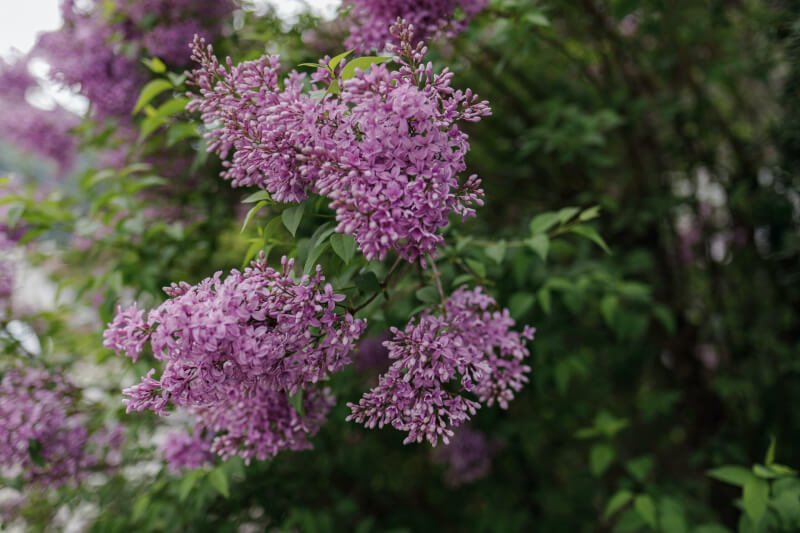Are you passionate about gardening but have limited access to natural sunlight in your urban dwelling? Don’t worry, you’re not alone! Many city dwellers face the challenge of creating a vibrant and thriving garden in low-light conditions. In this article, we will explore various plant options that are well-suited for low-light environments. Whether you have a small balcony or a window sill, there are plenty of green and leafy companions that can add life to your urban oasis. Let’s discover the best plants for a low-light urban garden and bring nature into your home.
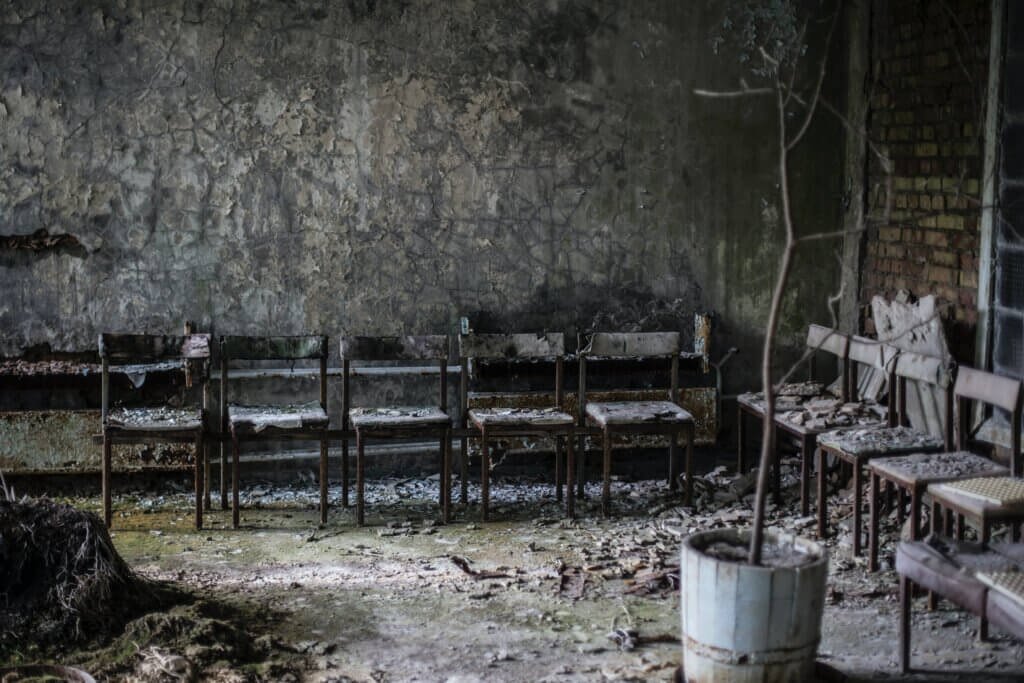
Understanding Low-Light Conditions
When it comes to gardening in urban areas, low-light conditions are often a reality. Whether you have a small balcony, a dark corner inside your apartment, or limited access to direct sunlight, it’s important to understand how the amount and quality of light can affect your plant choices.
Amount of Sunlight
Low-light conditions refer to areas where plants receive minimal direct sunlight. Typically, these areas receive less than two hours of direct sunlight per day, or are shaded by nearby buildings or trees. It’s important to measure the amount of sunlight your garden receives throughout the day to determine the best plants for your space.
Quality of Light
In addition to the amount of sunlight, the quality of light is also crucial for successful gardening. Low-light conditions often result in dimmer, diffused light. This can affect the growth and development of plants, as they may not receive the proper spectrum of light needed for photosynthesis. Understanding the quality of light in your urban garden will help you choose plants that can thrive in these conditions.
Location Considerations
When choosing plants for a low-light urban garden, considering the specific location of your garden is essential. Different areas, such as balconies, windowsills, or indoor corners, may have varying levels of light throughout the day. Take note of how much light each area receives, and consider the proximity to other structures or obstructions that may further limit the available light. This will help you select the right plants that can adapt to the specific conditions of your garden.
Benefits of Low-Light Plants
While low-light conditions may seem challenging for gardening, there are several benefits to choosing plants that thrive in these environments.
Reduced Maintenance
Low-light plants generally have slower growth rates compared to their sun-loving counterparts. This means less frequent pruning, trimming, and overall maintenance. If you have a busy lifestyle or prefer a low-maintenance garden, opting for low-light plants can be a great choice.
Indoor Air Purification
Many low-light plants are known for their air-purifying properties. They can help remove toxins from the air and improve indoor air quality. This is especially beneficial for urban environments where pollution levels can be higher. Incorporating low-light plants into your indoor garden not only adds beauty but also provides health benefits for you and your living space.
Enhanced Aesthetics
Low-light plants often have unique and interesting foliage that can add visual interest to any space. From the striking patterns of a snake plant to the elegant fronds of a peace lily, these plants can bring a touch of greenery and beauty to your urban garden. Their lush and vibrant leaves can create a calming and serene atmosphere, making your space more inviting and enjoyable.
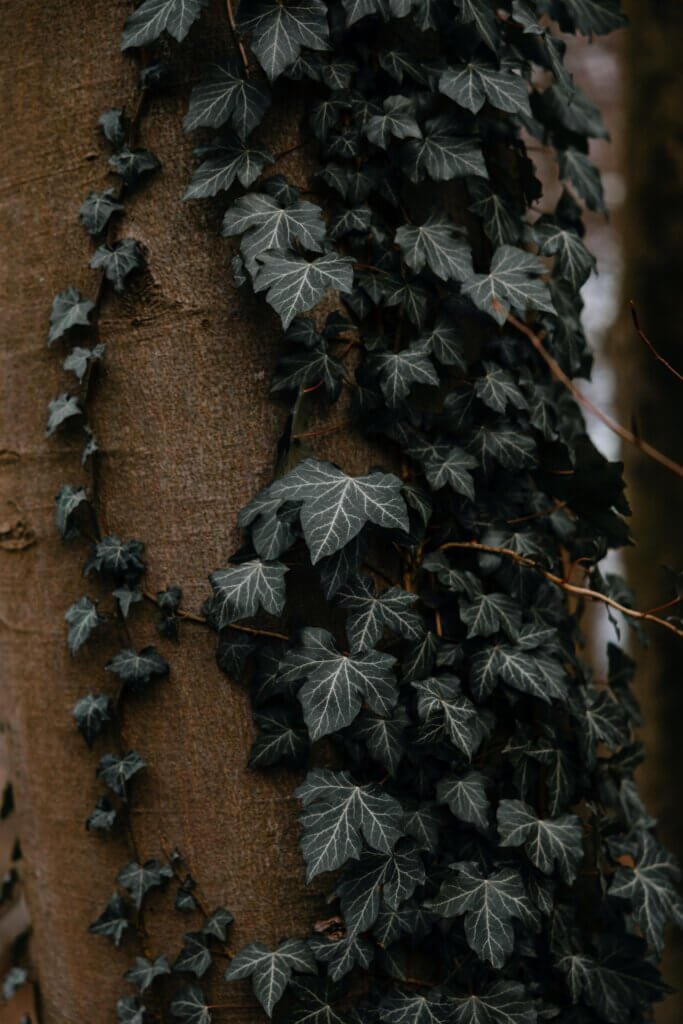
Factors to Consider When Choosing Low-Light Plants
Before diving into the world of low-light plants, there are a few important factors to consider to ensure the success of your urban garden.
Plant Size and Growth Habit
When choosing low-light plants, consider the size and growth habit of the plant. Some plants may grow tall and require vertical space, while others may spread out and take up more horizontal space. Determine the available area in your garden and choose plants that fit well within that space. Additionally, consider whether the plant’s growth habit matches your aesthetic preferences. Some plants have trailing vines, while others have a more upright form.
Watering and Humidity Needs
Different plants have different watering and humidity requirements. Some low-light plants prefer drier conditions, while others thrive in more humid environments. Understanding the specific needs of the plants you choose will help you establish a proper watering routine and ensure their overall health and well-being.
Soil and Nutrient Requirements
Soil quality and nutrient availability are key considerations for any garden. Low-light plants may have different requirements in terms of soil type, drainage, and fertilization. Some plants prefer well-draining soil, while others may thrive in moisture-retaining soil. Research the specific soil and nutrient needs of the plants you’re interested in to provide them with the best growing conditions.
Top 10 Low-Light Plants for Urban Gardens
When it comes to low-light plants, there are countless options to choose from. Here are ten popular choices that are known for their ability to thrive in low-light conditions:
1. Snake Plant (Sansevieria)
The snake plant, also known as mother-in-law’s tongue, is a popular choice for low-light gardens. It has striking, sword-shaped leaves that come in a variety of colors and patterns. Snake plants are known for their ability to purify the air by removing toxins such as formaldehyde and benzene. They are also easy to care for, making them perfect for busy urban dwellers.
2. ZZ Plant (Zamioculcas zamiifolia)
The ZZ plant is a hardy and resilient choice for low-light conditions. It has glossy, dark green leaves that add a touch of elegance to any space. ZZ plants are known for their ability to tolerate neglect and can thrive in low light and with infrequent watering. They also have air-purifying qualities, making them a popular choice for urban gardens.
3. Peace Lily (Spathiphyllum)
The peace lily is a classic choice for low-light gardens. It has beautiful, white flowers that contrast with its dark green foliage. Peace lilies are known for their ability to remove toxins from the air, making them a great addition to indoor spaces. They prefer consistent moisture and can be a bit more demanding in terms of watering compared to other low-light plants.
4. Chinese Evergreen (Aglaonema)
The Chinese evergreen is a versatile plant that is well-suited for low-light conditions. It has striking, variegated leaves that come in various shades of green, silver, and pink. Chinese evergreens are known for their ability to tolerate low light, dry air, and neglect. They have a slow growth rate and require minimal maintenance, making them a popular choice for urban gardens.
5. Pothos (Epipremnum aureum)
Pothos, also known as devil’s ivy, is a trailing vine that adds a touch of greenery to any urban garden. It has heart-shaped leaves that come in various shades of green, yellow, and white. Pothos are known for their ability to tolerate low-light conditions and are incredibly easy to care for. They can be grown in a variety of containers and can even be trained to climb or hang.
6. Dracaena (Dracaena spp.)
Dracaena plants come in a variety of species and cultivars, all of which are well-suited for low-light environments. They have long, sword-shaped leaves that can come in different colors and patterns. Dracaenas are known for their ability to tolerate low light and dry conditions. They can also remove toxins from the air, making them a great choice for urban gardens.
7. Spider Plant (Chlorophytum comosum)
The spider plant is a popular choice for low-light gardens due to its unique, spider-like foliage. It has long, arching leaves that come in various shades of green, white, and yellow. Spider plants are known for their ability to tolerate low light and are incredibly easy to care for. They also produce small, white flowers and can even produce small plantlets that dangle from the mother plant.
8. Cast Iron Plant (Aspidistra elatior)
As the name suggests, the cast iron plant is extremely resilient and hardy, making it a perfect choice for low-light conditions. It has dark green, leathery leaves that can tolerate neglect and infrequent watering. Cast iron plants are known for their ability to thrive in dimly lit areas, making them a popular choice for urban gardens, especially in shaded corners or rooms with minimal natural light.
9. Philodendron (Philodendron spp.)
Philodendrons are a versatile group of plants that can thrive in low-light conditions. They come in various shapes, sizes, and leaf patterns, making them a popular choice among plant enthusiasts. Philodendrons are known for their ability to tolerate low light and are generally easy to care for. They can be grown as trailing vines or upright plants, adding a touch of greenery and beauty to any urban garden.
10. Calathea (Calathea spp.)
Calatheas are known for their stunning, patterned foliage and are often referred to as living artworks. They come in various colors and patterns, making them a visually striking choice for low-light gardens. Calatheas are known for their ability to tolerate low light, but they do prefer higher humidity levels. They can be a bit more demanding in terms of care, but their beauty and unique leaf patterns make them well worth the effort.
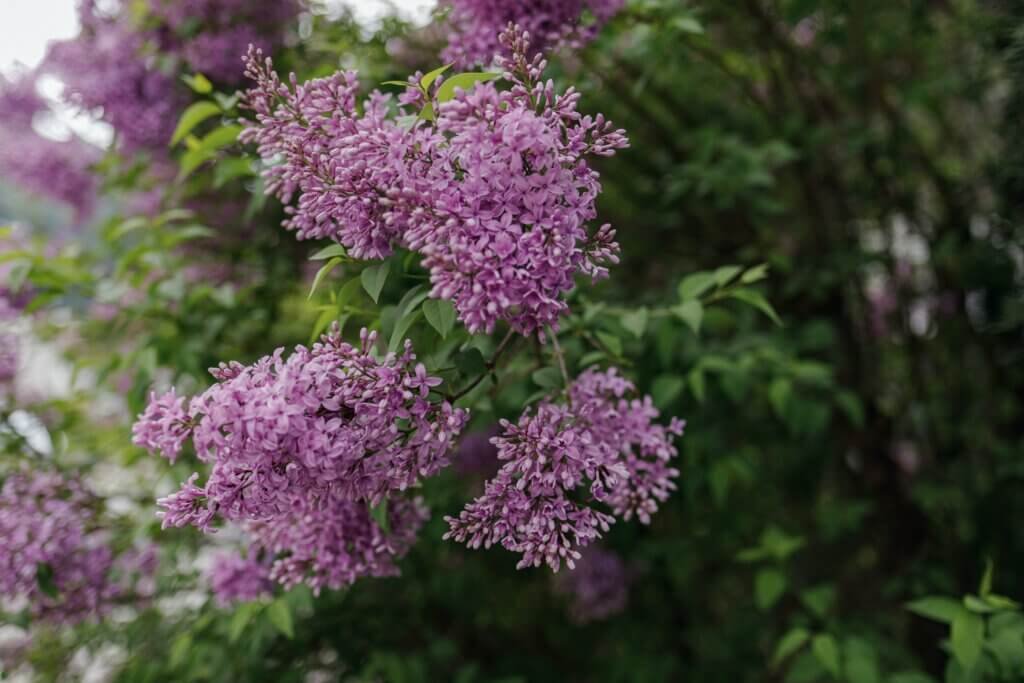
Creative Tips for Low-Light Urban Gardening
Gardening in low-light conditions doesn’t mean you have to sacrifice creativity or style. Here are a few tips to enhance your low-light urban garden:
Use Reflective Surfaces
Incorporating reflective surfaces into your garden can help maximize the available light. Place mirrors or metallic objects strategically to bounce light around the space. This can create an illusion of a brighter environment and help your plants thrive.
Choose Light-Colored Planters
Opting for light-colored planters can help brighten up your low-light garden. Light-colored pots reflect more light and can create a visually appealing contrast with the darker foliage of your plants. Consider using white, cream, or light gray planters to add a touch of brightness to your urban garden.
Supplement with Artificial Lighting
If natural light is limited in your urban garden, consider supplementing with artificial lighting. LED grow lights or fluorescent bulbs designed for plants can help provide the necessary wavelengths of light for photosynthesis. Place the lights strategically to ensure all your plants receive adequate illumination, especially in areas with minimal natural light.
Common Mistakes to Avoid
While gardening in low-light conditions can be challenging, there are a few common mistakes to avoid to ensure the health and vitality of your plants.
Overwatering
One of the most common mistakes in low-light gardening is overwatering. Since plants in low-light conditions may have slower growth rates, their water requirements are generally lower compared to plants in brighter environments. Overwatering can lead to root rot and other issues, so it’s important to water your low-light plants sparingly and only when the soil is dry.
Choosing High-Light Plants
It’s essential to choose plants that are well-suited for low-light conditions. Attempting to grow high-light plants in low-light environments will result in their poor growth and potential decline. It’s important to select plants that can thrive in low-light conditions and match the available light levels in your urban garden.
Neglecting Plant Care
While low-light plants generally require less maintenance, it’s important not to completely neglect their care. Regularly check for signs of pests, monitor soil moisture, and prune any dead or yellowing leaves. Providing proper care and attention to your low-light plants will ensure their optimal health and longevity.
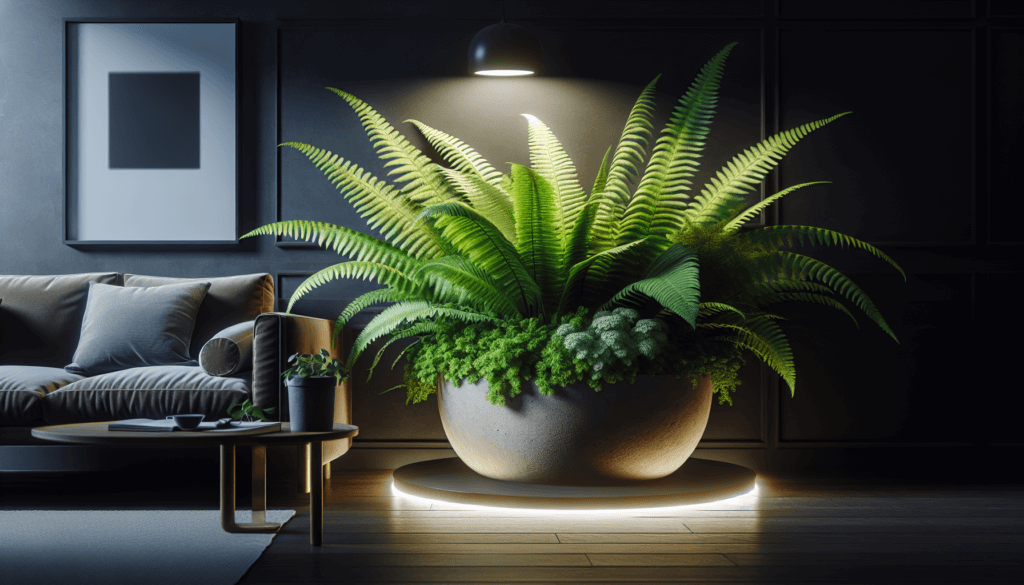
Conclusion
Gardening in low-light urban environments comes with its own set of challenges, but it’s certainly possible to create a thriving and beautiful garden with the right plants and strategies. Understanding the amount and quality of sunlight, as well as considering factors like plant size, watering needs, and soil requirements, is crucial for success. By choosing low-light plants that are well-suited to your specific conditions, incorporating creative tips, and avoiding common mistakes, you can enjoy the benefits of greenery and beauty even in the darkest corners of your urban space. So go ahead and create your low-light urban garden oasis, and watch as it flourishes and brings joy to your life. Happy gardening!

